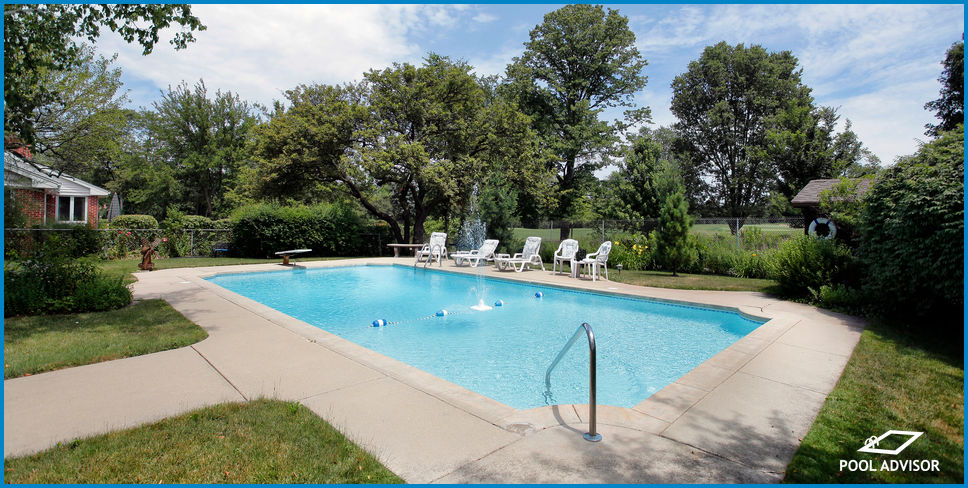
Is It Mustard Algae Or Pollen In Pool? How Do I Test?
If you’ve noticed a yellow, dust-like substance accumulating in your pool, you could have mustard algae or pollen in your water. Although these substances have a similar colour, they behave very differently from each other in your pool.
In this article we will discuss some important differences you should know about between mustard algae and pollen in pools, as well as how to test for mustard algae.
Mustard Algae vs Pollen
Although these particles are similar in colour, they actually vary a lot in terms of how they appear in your pool. Pollen, for example, almost always tends to float on the surface of the water.
Pollen is known to be hydrophobic, meaning that it resists mixing with water in a similar way that oil does. Because of this, it is genuinely rare for pollen spores to accumulate in piles at the bottom of your pool.
Mustard algae is naturally water-borne, making it heavier and allowing it to mix into your water. Although mustard algae can occasionally cloud the water if it is disturbed, this cloud will slowly settle out and sink to the bottom of the pool.
It is also very unlikely that mustard algae would float on the surface of your water in the same way that pollen is able to.
Many pool owners assume that they must not have mustard algae if a shock treatment does not help their pool’s condition. However, because mustard algae is extremely resistant to chlorine, it can withstand very high concentrations of shock, so don’t use this as your only test of whether it’s mustard algae or not.
How To Test For Mustard Algae
If you are still uncertain, there are a few ways that you can test the yellow dust in your pool to see if it is mustard algae or pollen. We’ve organised the following testing methods from most to least recommended, but all of these methods should provide accurate results regardless.
Chlorine Drop Test
Even though mustard algae is resistant to chlorine, chlorine is still consumed as this type of algae spreads throughout your pool.
If you think your pool may have mustard algae, test the chlorine levels of your pool at night before you go to bed. Then, test them again approximately 10-12 hours later in the morning. If you have an algae infestation, your chlorine levels are likely to have dropped significantly overnight by around 1 part per million (ppm).
This test should always be performed overnight, as sunlight contributes to the natural degradation of chlorine and could affect your results.
Scrub Test
To do a scrub test for mustard algae, simply brush an area of this algae off of a surface in your pool. Do this with significant effort until you can say the spot is clear. Then, wait a day or two. If the spot you cleaned starts to build up yellow and beige patches again, it is likely mustard algae rather than pollen or dirt.
Duplication Bucket Test
To perform this test, fill a bucket, jar, or similar container up with water from your pool. The container you choose should allow you to adequately observe colour changes in the water sample.
Collect some of the yellow substance that you are testing and introduce it to your container of choice. Keep this container out of direct sunlight, and then check on it a day later to see if there is more matter in the water.
If it is mustard algae it will continue to multiply in the container, while other contaminants like pollen will not.

Louis
A chemical engineer by trade, Louis is committed to debunking myths in the pool industry by explaining the underlying chemistry and making it accessible to all.
